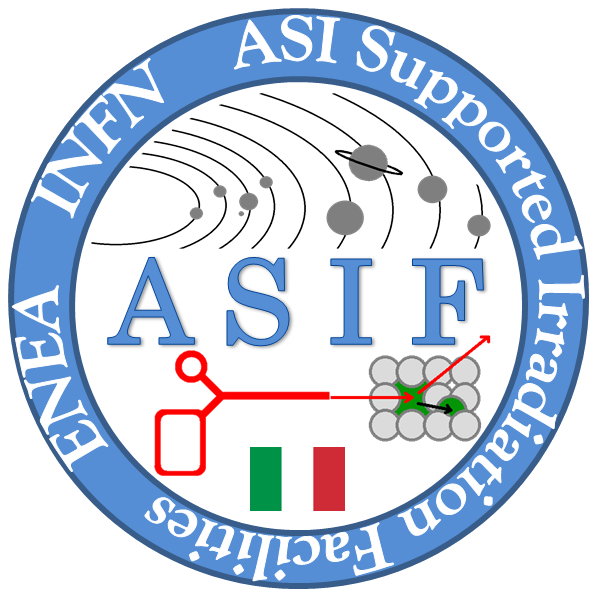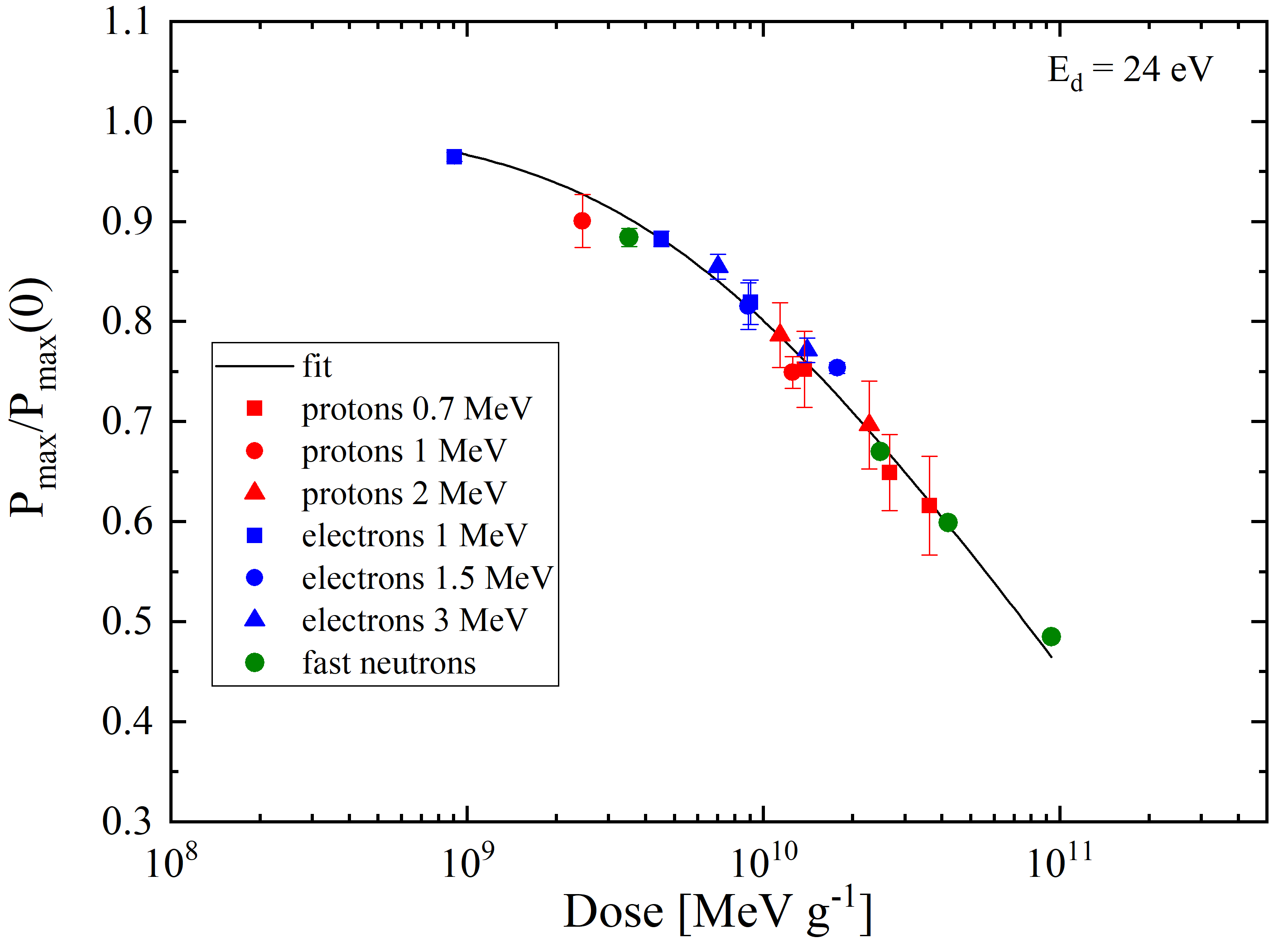Penetration of cosmic rays in the near-earth space is defined by the earth magnetosphere. GeoMagSphere numerical code has the capability to back-trace and recognize cosmic ray particles around and below the local rigidity cut-off [Boschini et al., 2017].
GeoMagSphere includes the most updated internal field, IGRF-12, and an external magnetic field, which can be selected among Tsyganenko-89, Tsyganenko-96 and Tsyganenko-05.


Fig. 1 – Comparison of field models with data from Cluster satellites [from Rozza et al., 2016]
The rigidity cut-off evaluated with Geomagsphere has been compared with the results obtained by Magnetocosmics and Magnetospheric Shielding Model (MSM). Results are largely compatible within 10-20%. The largest differences are obtained for regions close to the geomagnetic poles, in particular during disturbed periods due to magnetic storms.


Fig. 2 – Vertical rigidity cut-off evaluated with MSM (left) and with GeoMagSphere [from Rozza et al., 2017]
References
[Boschini et al. (2017)] M. J. Boschini, et al., Comparison and Time Evolution of the Geomagnetic Cutoff at the ISS Position: Internal vs External Earth’s Magnetic Field Models. Space Weather of the Heliosphere: Processes and Forecasts, Proceedings of IAU Symposium No. 335, 105-108, 2017, C. Foullon & O. Malandraki, eds.;
doi:10.1017/S1743921317009863.
[Rozza et al. (2017)] D. Rozza, et al., ESA-msm vs MiB-GeoMagSphere Comparison, presented at ESA-ESTEC, March 7, 2017.
[Rozza et al. (2016)] D. Rozza, et al., GeoMagSphere Model at Milano-Bicocca, presented at ESA-ESTEC, December 13, 2016.

